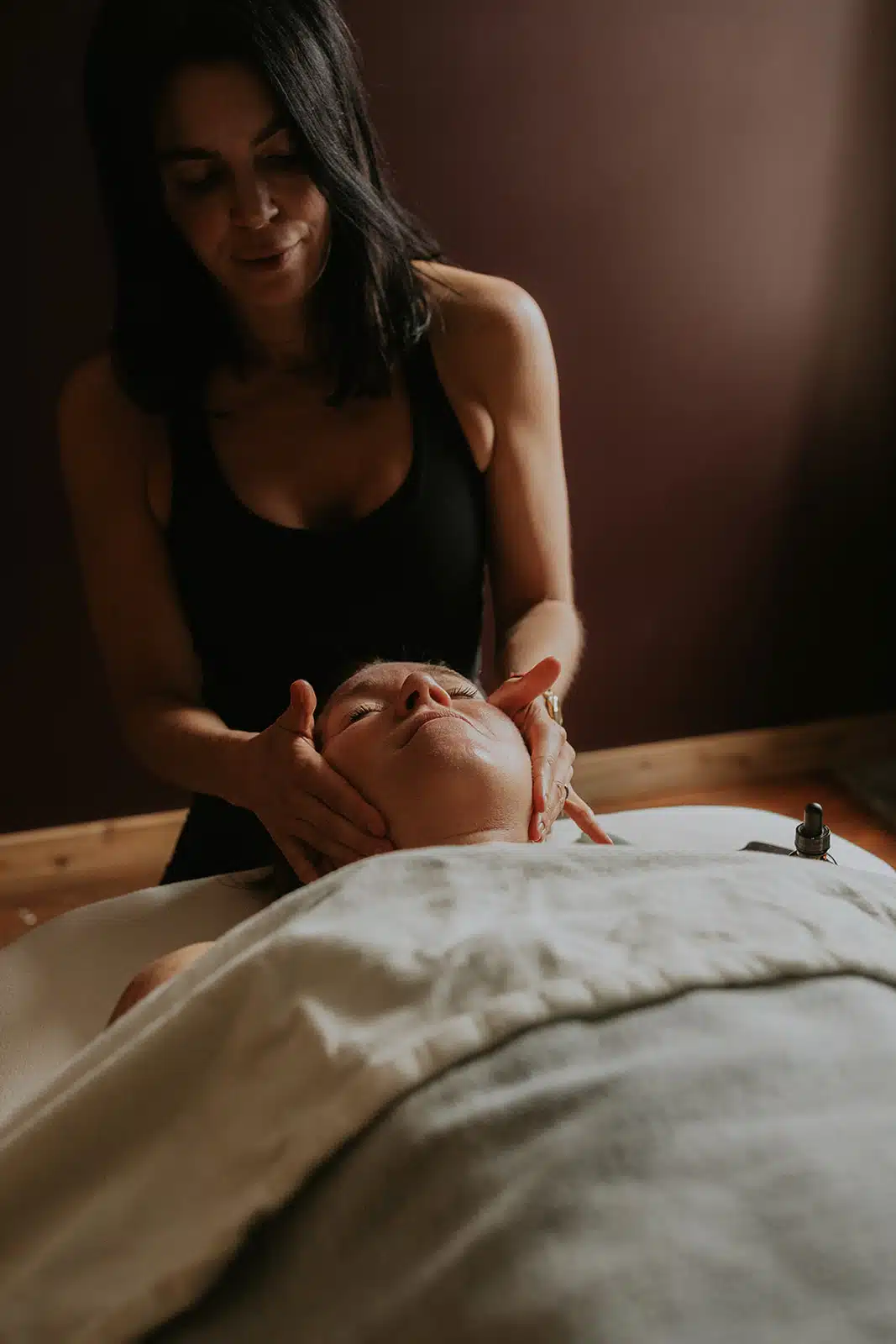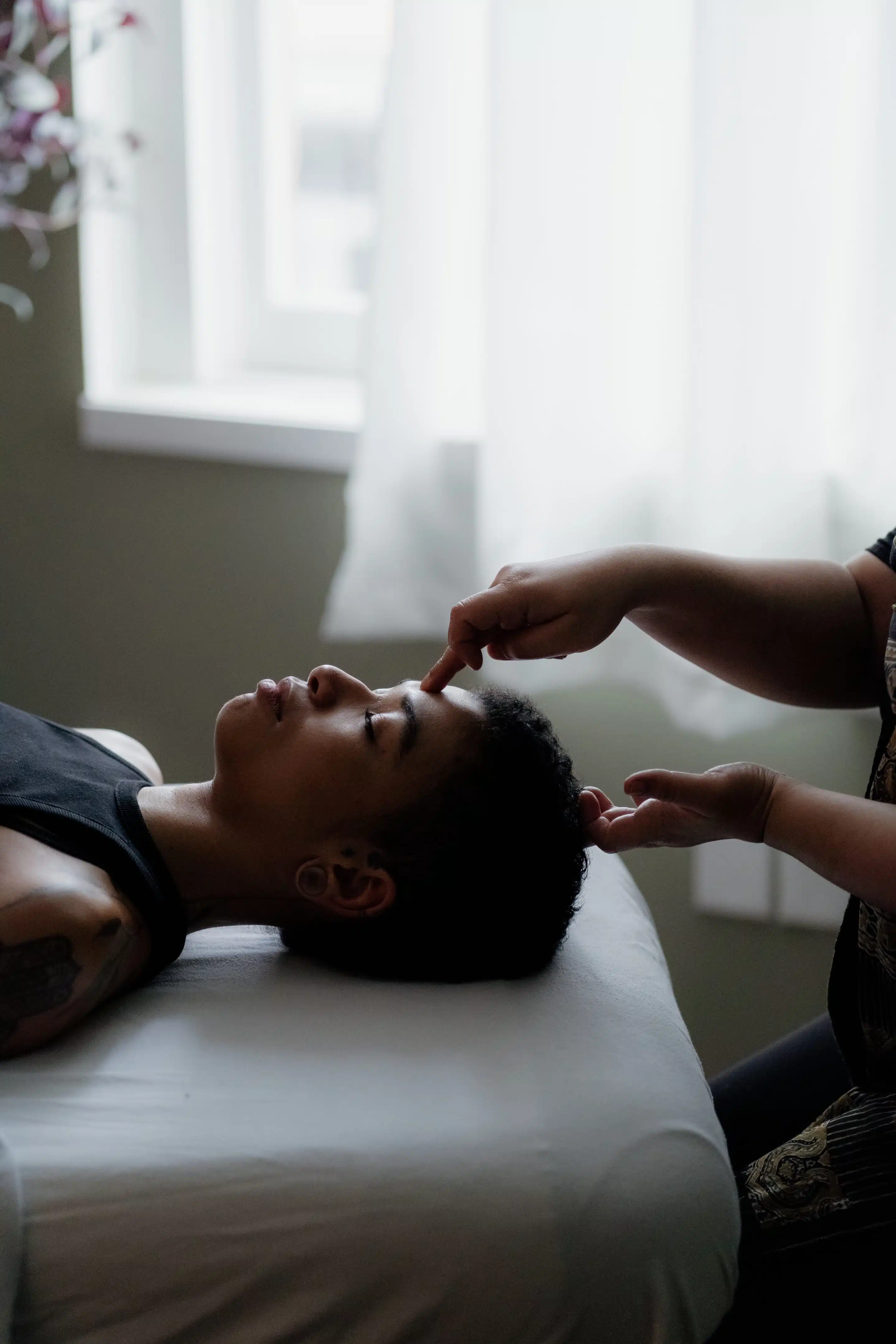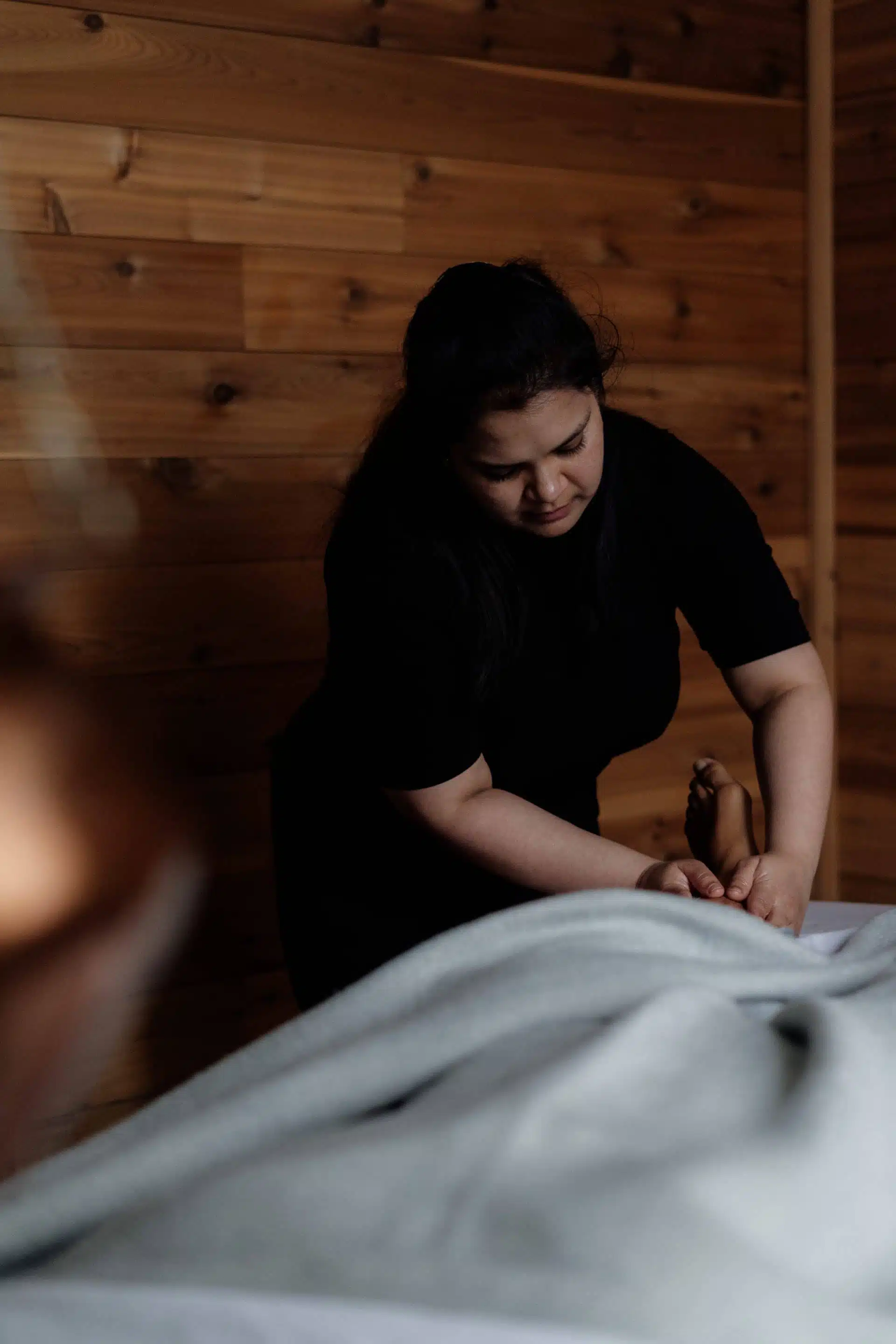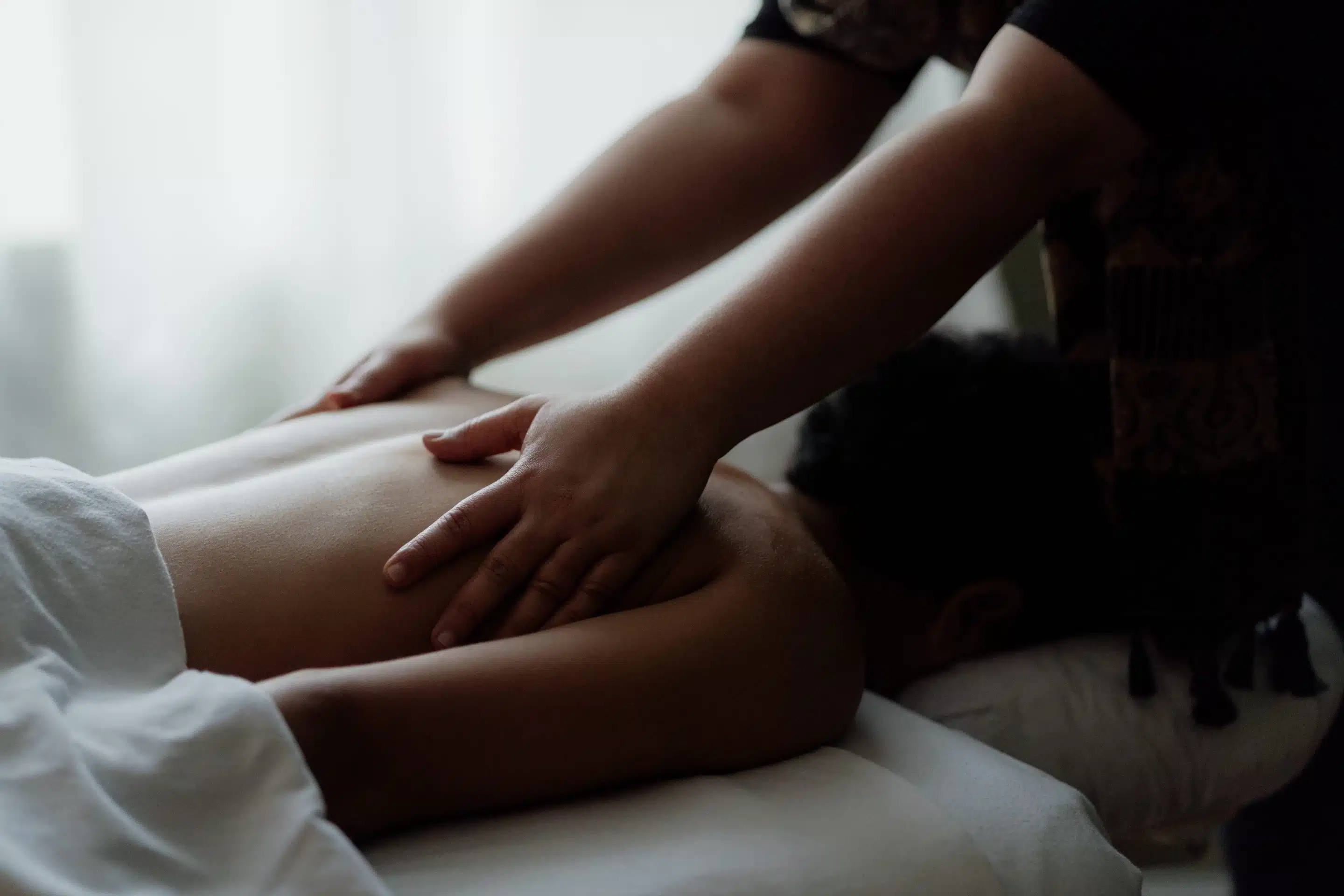MĀ Wellness
Unlocking Wellness: How Registered Massage Therapy Prevents Disease
Downtown Victoria Wellness Clinic

The Physiology of Massage and Preventative Health
Registered Massage Therapy (RMT) operates on several physiological mechanisms that significantly contribute to its effectiveness as a preventive tool. Beyond the immediate relaxation and stress relief commonly associated with massage therapy, RMT initiates complex biochemical and neurological processes that enhance health.
- Neurological Effects: RMT can modulate the nervous system, reducing sympathetic (fight or flight) activity and enhancing parasympathetic (rest and digest) activity. This shift is crucial for stress management and the prevention of stress-related disorders.
- Hormonal Responses: By decreasing cortisol levels and increasing serotonin and dopamine, RMT directly impacts hormonal balance, influencing mood, stress levels, and overall well-being.
- Inflammatory Response: Recent studies suggest that massage therapy may reduce inflammation, a critical factor in chronic diseases, by modulating cytokine levels. This effect can help prevent conditions linked to chronic inflammation, such as cardiovascular diseases and certain types of cancer.

Improved Circulatory Health
One of the most significant preventive benefits of RMT is its impact on circulatory health. By promoting blood flow throughout the body, massage therapy can help lower blood pressure and improve the function of the heart and blood vessels. Enhanced circulation means more oxygen and nutrients are delivered to tissues and organs, facilitating their function and repair. This is particularly important for preventing conditions such as hypertension, atherosclerosis, and heart disease, which are among the leading causes of morbidity and mortality worldwide.
Stress Reduction and Mental Health
The connection between chronic stress and a myriad of health problems is well-documented. Stress can exacerbate or lead to a host of issues, including heart disease, diabetes, depression, and anxiety. RMT addresses this directly by triggering the body’s relaxation response, reducing cortisol levels (the stress hormone), and increasing serotonin and dopamine levels, which are associated with happiness and well-being. By managing stress effectively, massage therapy serves as a preventive strategy against the development of stress-related disorders.
Musculoskeletal Health and Ergonomic Contributions
In addressing musculoskeletal health, RMT not only prevents pain and injury but also contributes to better posture and ergonomics. This aspect is increasingly relevant in a digital age characterized by prolonged sitting and screen time. By preventing musculoskeletal disorders, RMT also reduces the risk of secondary complications, such as chronic pain, which can lead to other health issues.
Implementation Challenges and Healthcare Integration
Despite its benefits, the integration of RMT into preventive healthcare faces several challenges:
- Accessibility and Affordability: The cost and availability of RMT services can be prohibitive for many individuals, limiting its widespread adoption as a preventive measure.
- Regulation and Quality of Care: Ensuring the quality and consistency of RMT services requires stringent regulation and standardized training for practitioners, which varies significantly by region.
- Awareness and Education: Increasing public and professional awareness about the benefits of RMT in preventive healthcare is crucial for its broader acceptance and integration.
Collaborative Healthcare Approaches
For RMT to be fully effective as a preventive tool, it must be part of a multidisciplinary healthcare approach. This involves collaboration between massage therapists, physicians, physical therapists, and other healthcare providers to develop comprehensive, individualized care plans. Such collaboration ensures that RMT is appropriately integrated with other preventive measures and medical treatments, maximizing its health benefits.
Addressing the Barriers to RMT Adoption
To overcome the barriers to the adoption of RMT as a preventive health tool, several strategies can be employed:
- Insurance Coverage and Incentives: Expanding health insurance coverage to include RMT could improve accessibility and encourage its use as a preventive measure.
- Educational Initiatives: Increasing education and awareness among both healthcare professionals and the public about the benefits of RMT can foster greater acceptance and utilization.
- Research and Evidence: Ongoing research into the effects and mechanisms of RMT will strengthen the evidence base, supporting its integration into healthcare practices and policies.


Boosting the Immune System
RMT’s role in enhancing the immune system is another aspect of its preventive capabilities. Studies have shown that regular massage sessions can increase the activity of natural killer cells and lymphocytes, which play a crucial role in the body’s defense against pathogens. By boosting the immune system, massage therapy can help prevent common illnesses like colds and flu, as well as more severe conditions that a compromised immune system might struggle to fend off.
Musculoskeletal Health
Preventing musculoskeletal disorders is perhaps the most obvious benefit of RMT. By alleviating muscle tension, correcting posture, and increasing joint mobility, massage therapy can prevent the onset of musculoskeletal conditions such as chronic back pain, repetitive strain injuries, and joint disorders. This preventative aspect is particularly relevant in today’s increasingly sedentary lifestyle, where prolonged sitting and poor ergonomics contribute to musculoskeletal issues.

Conclusion
Registered Massage Therapy stands out as a powerful tool in the realm of preventive medicine, offering a natural, non-invasive means of maintaining and enhancing health. Its multifaceted benefits, from improving circulatory health and boosting the immune system to reducing stress and preventing musculoskeletal disorders, highlight its potential to significantly contribute to disease prevention. As awareness of these benefits grows, and as healthcare systems increasingly integrate holistic approaches to health, RMT is poised to play an even more significant role in preventive health care. However, for it to reach its full potential, issues of accessibility, affordability, and education must be addressed, ensuring that more individuals can benefit from this effective form of preventive medicine.
Discover Massage Therapy Wellness in Victoria, BC
Embark on a journey of holistic healing and rejuvenation with our leading massage therapy services in Victoria, BC. Our clinic specializes in blending traditional massage techniques with innovative approaches to care for your physical well-being. Delve into the benefits of our massage therapy offerings and learn more about our dedication to your health on our massage therapy services page. Ready to unlock the restorative power of massage?
